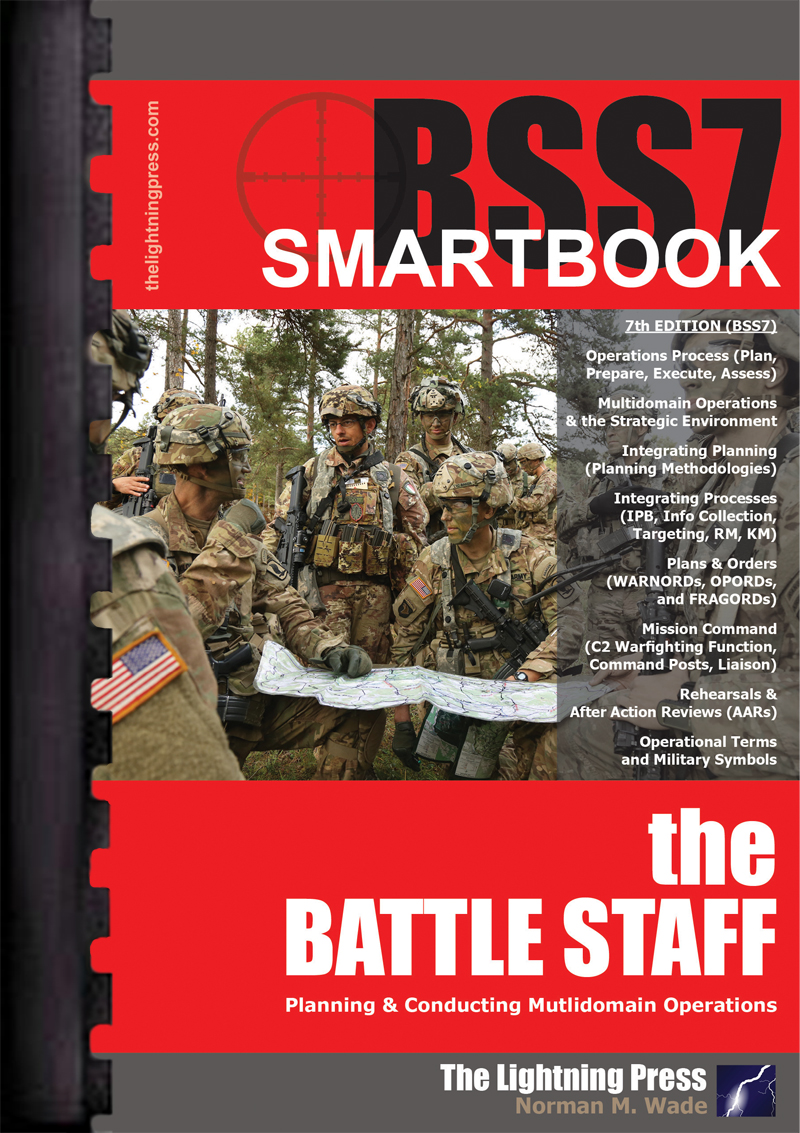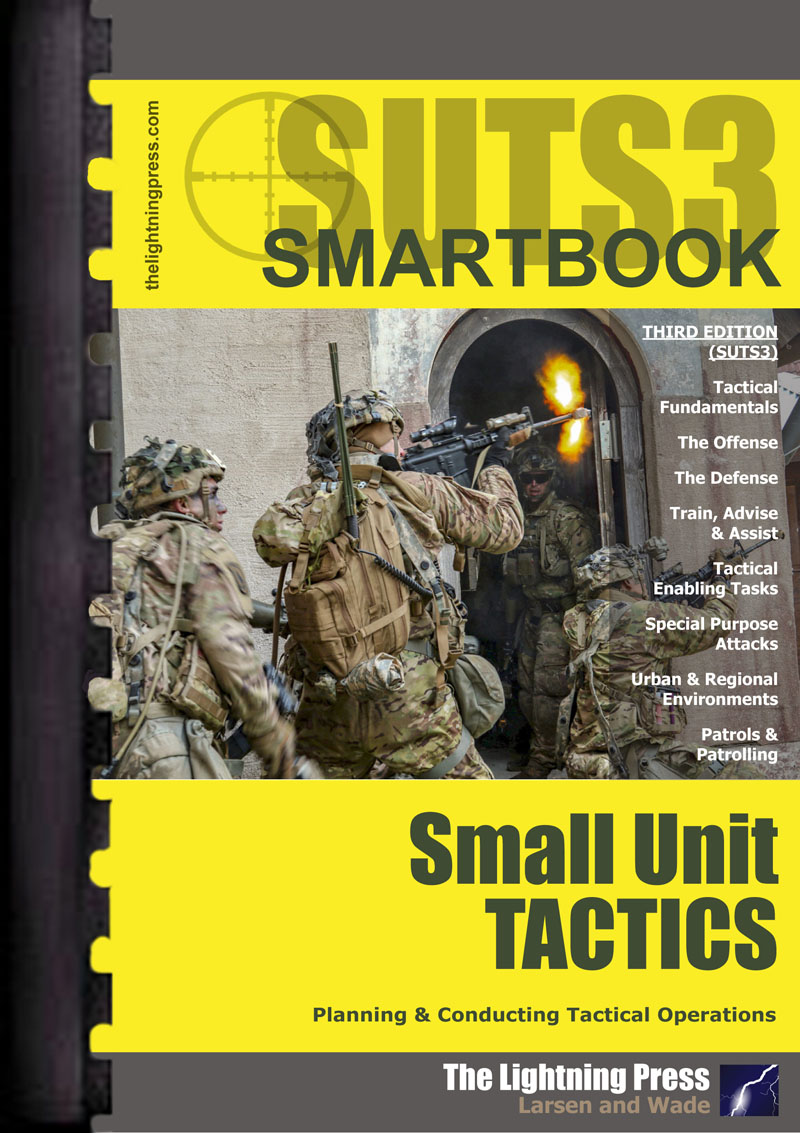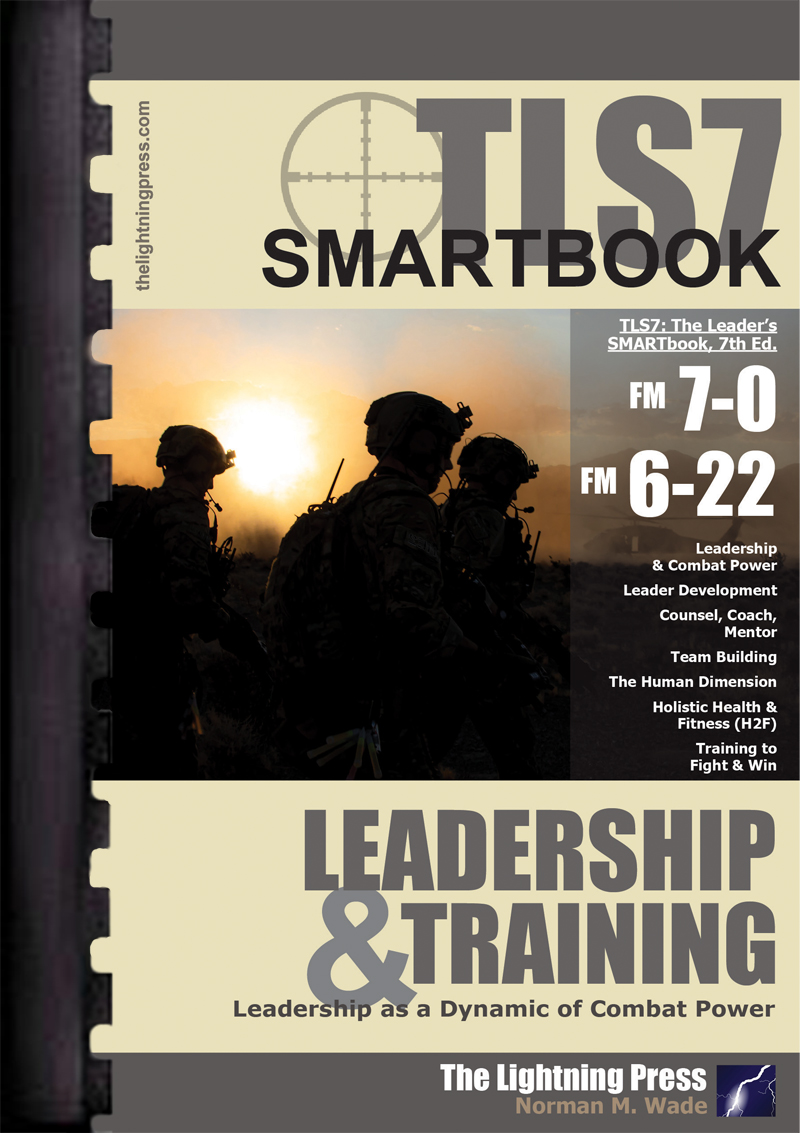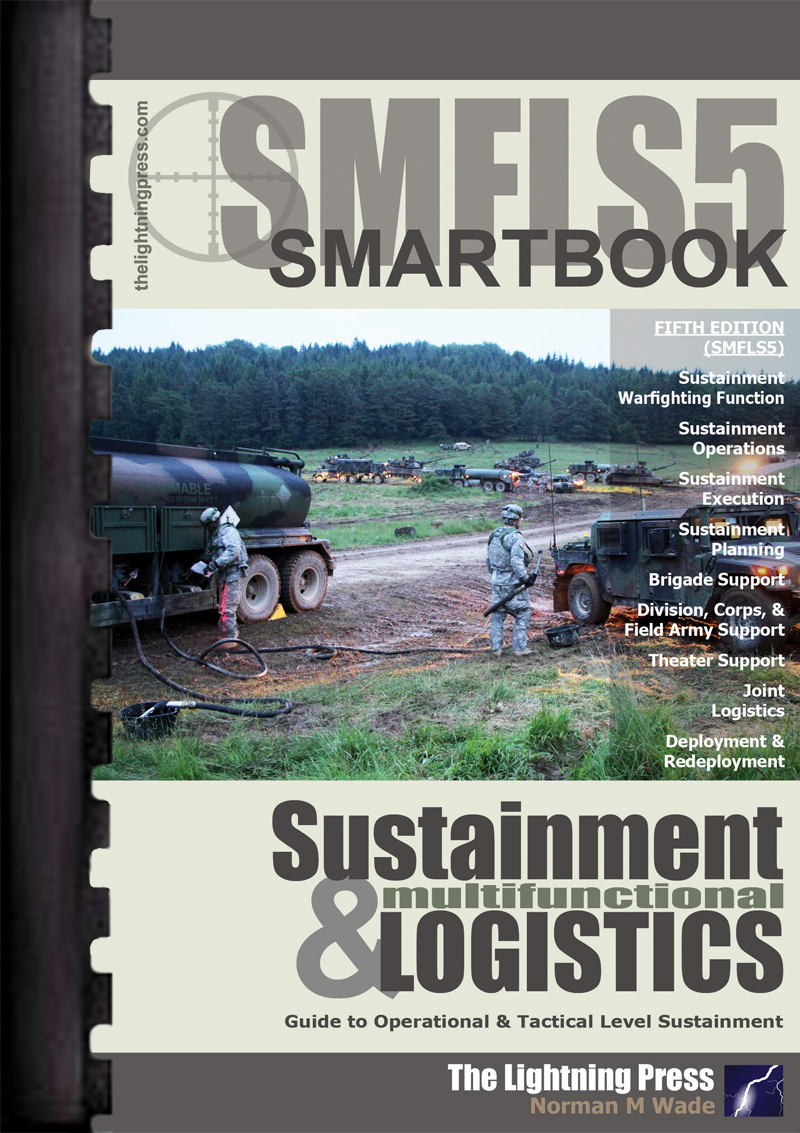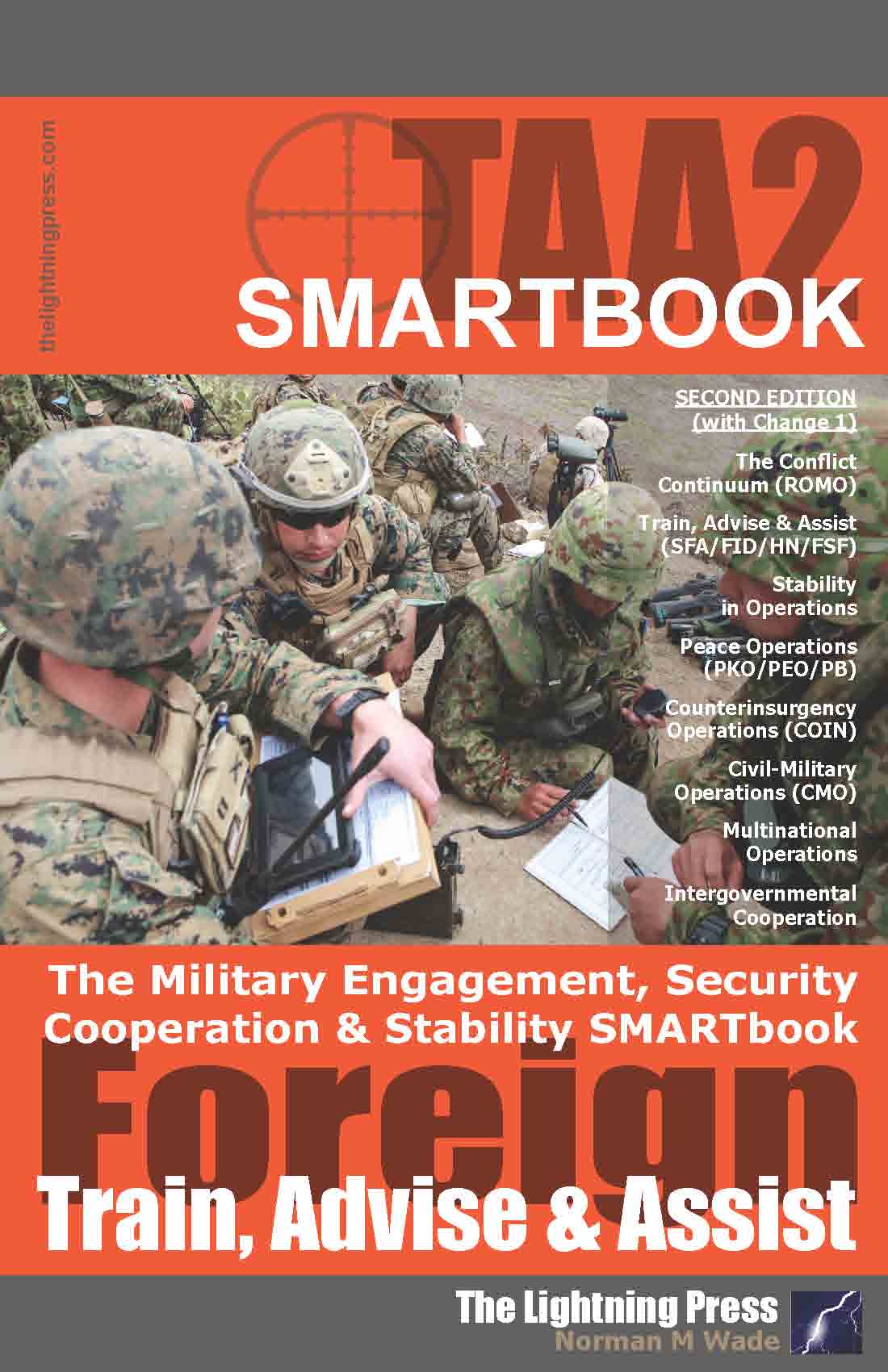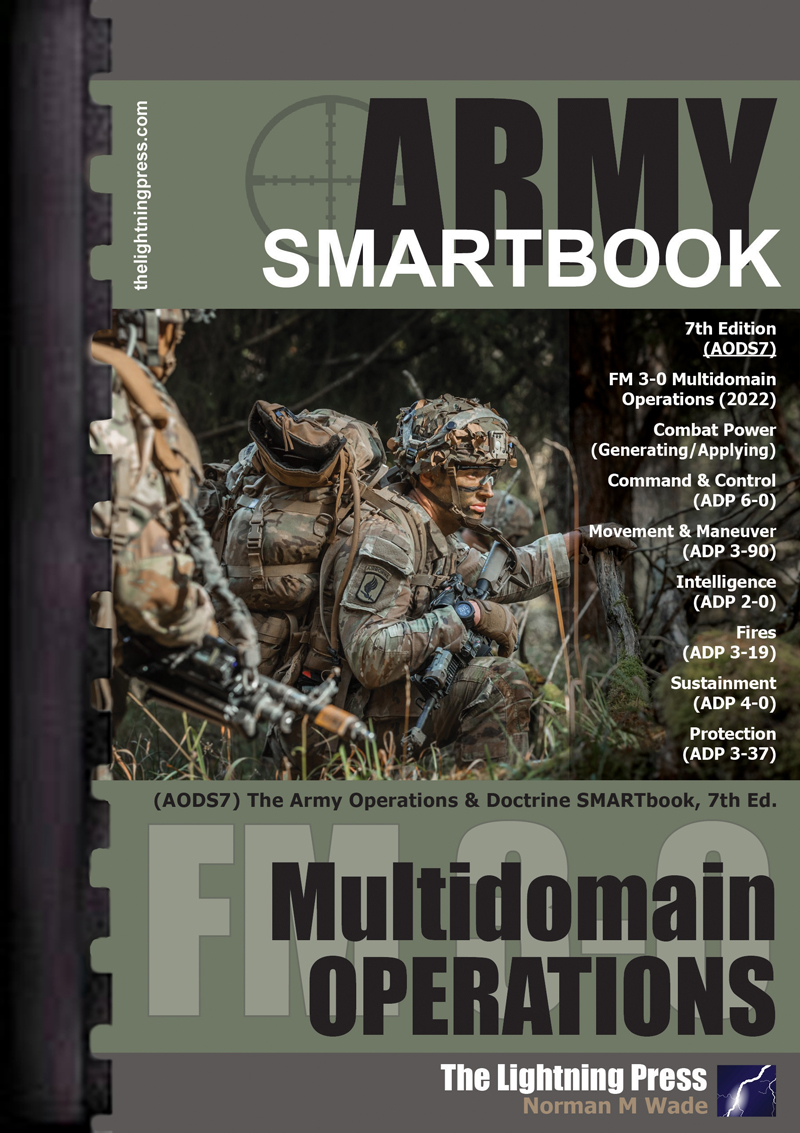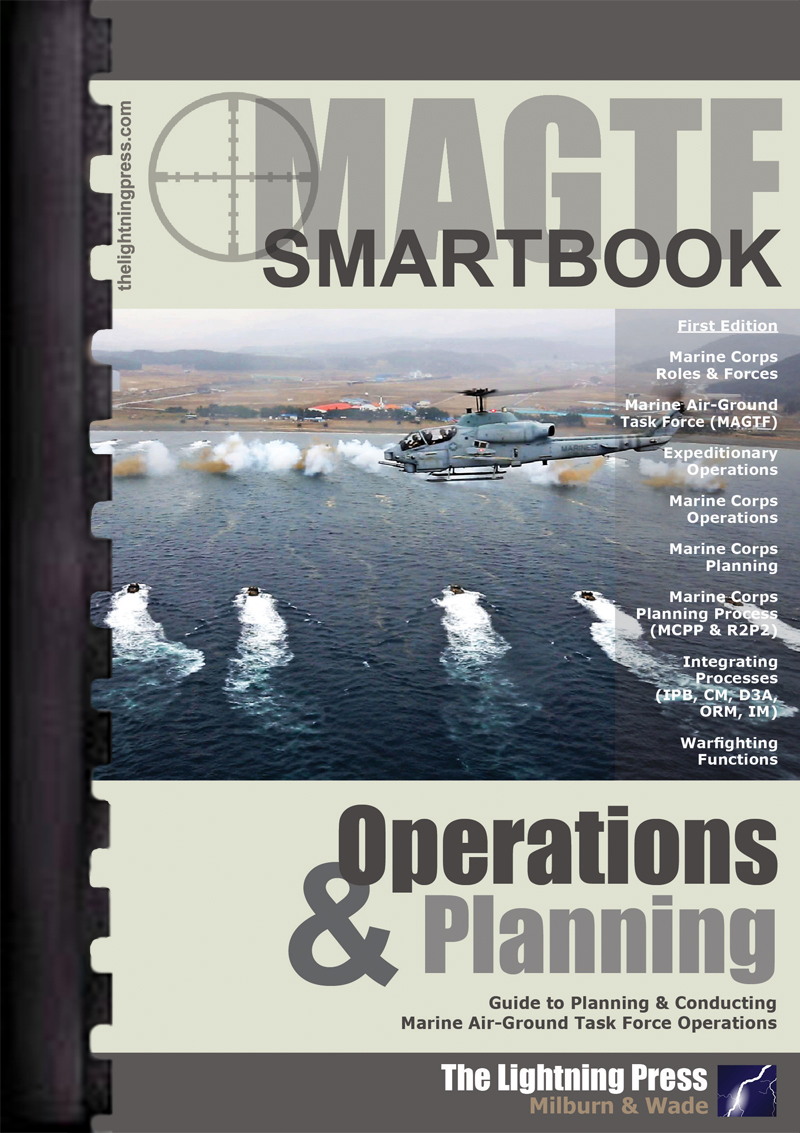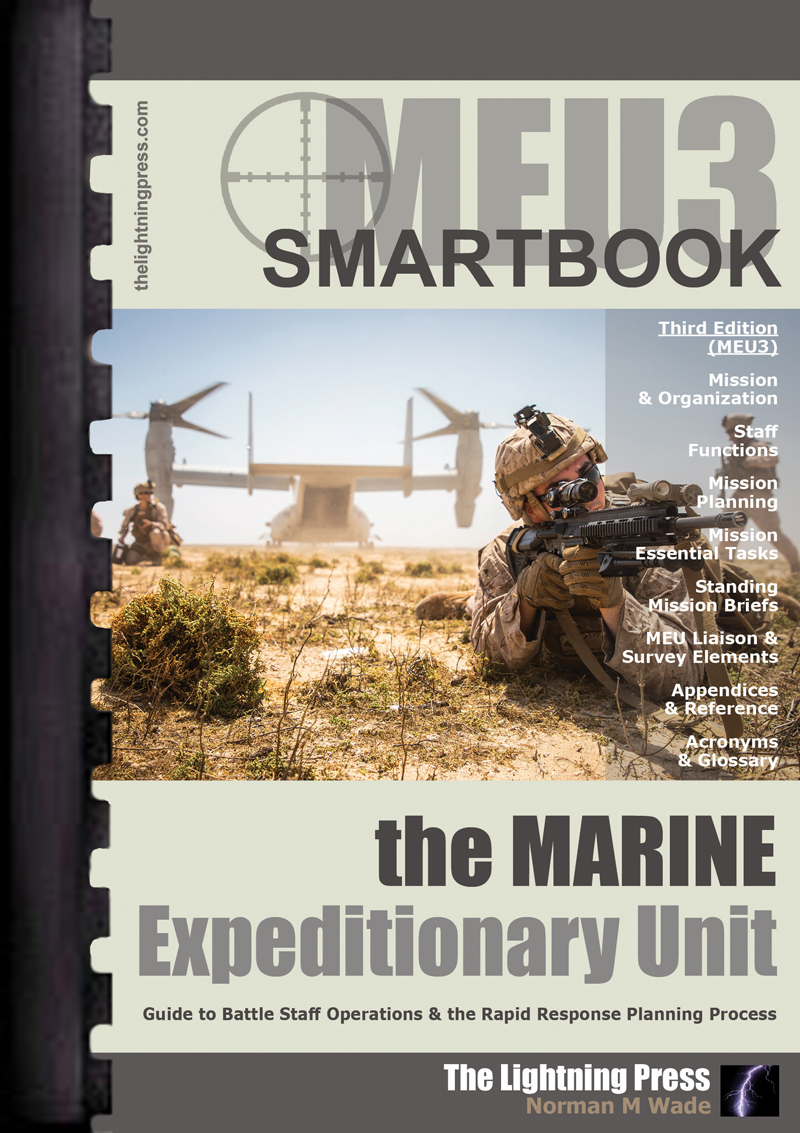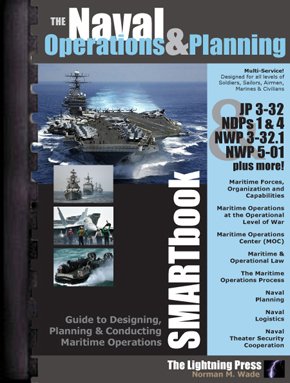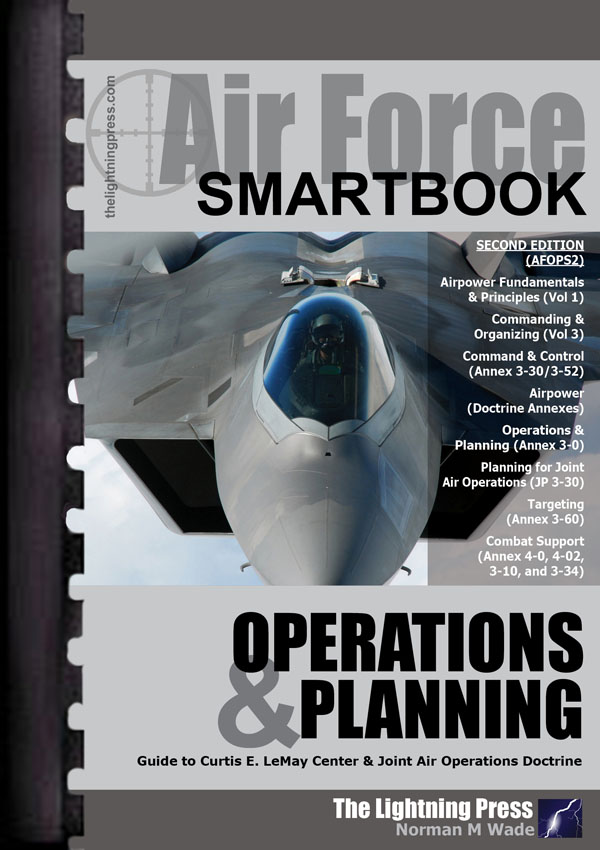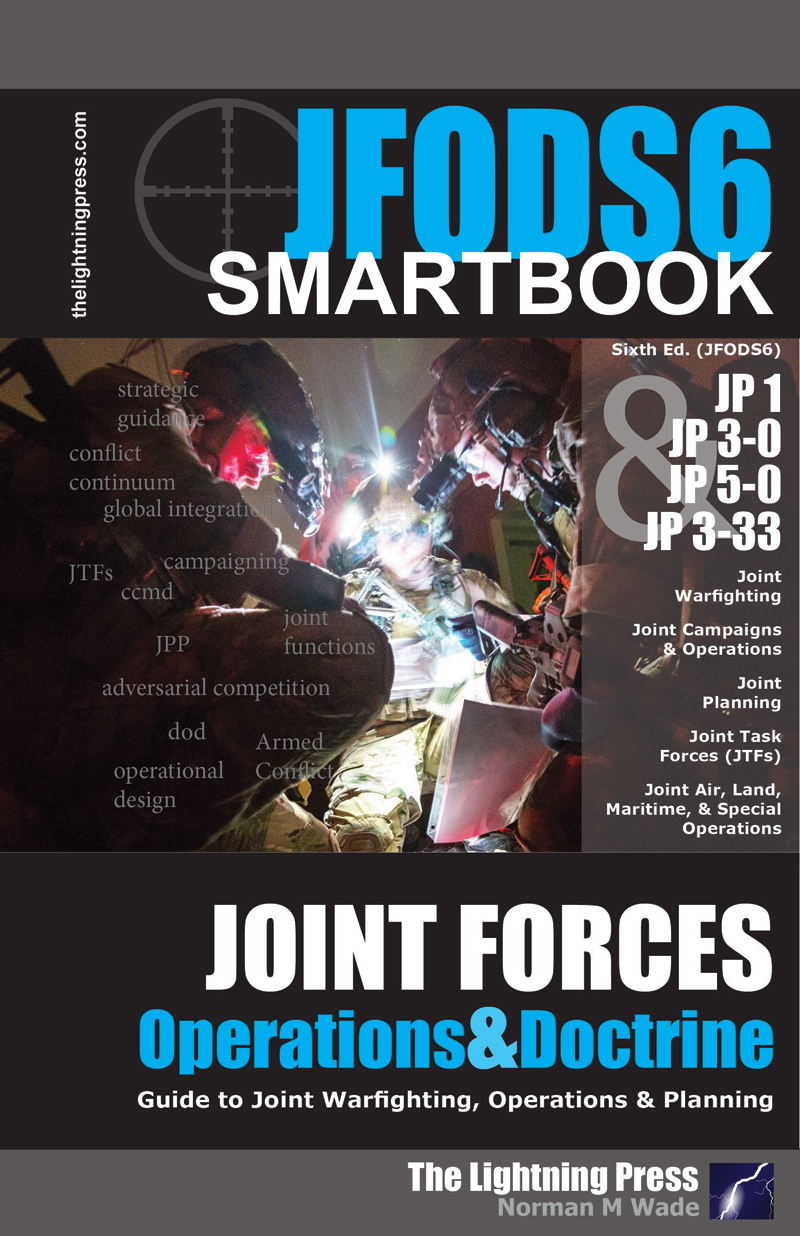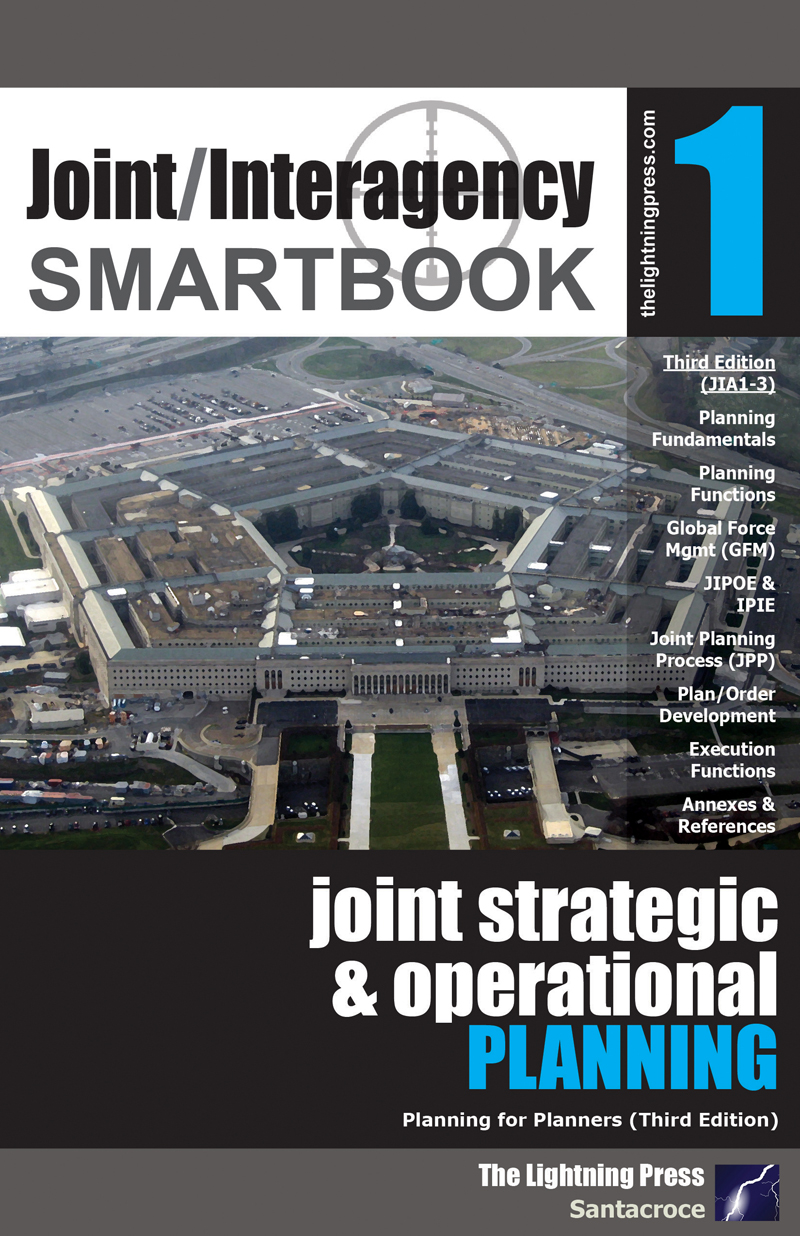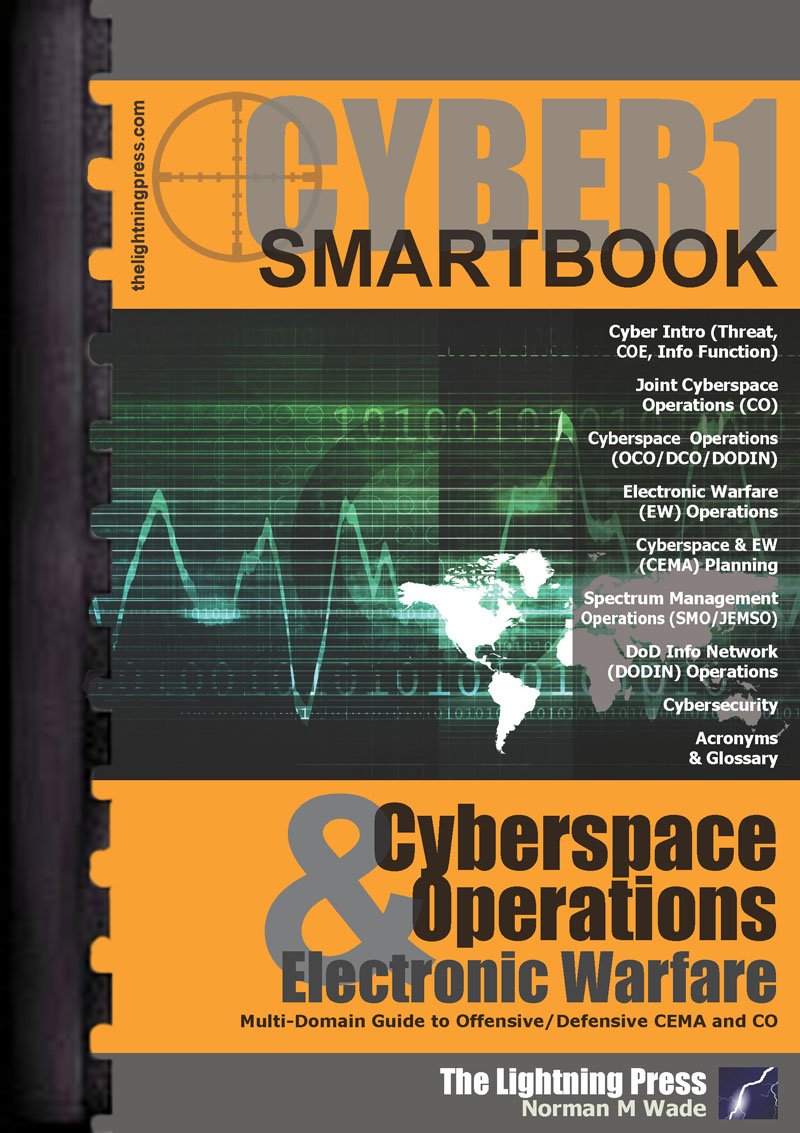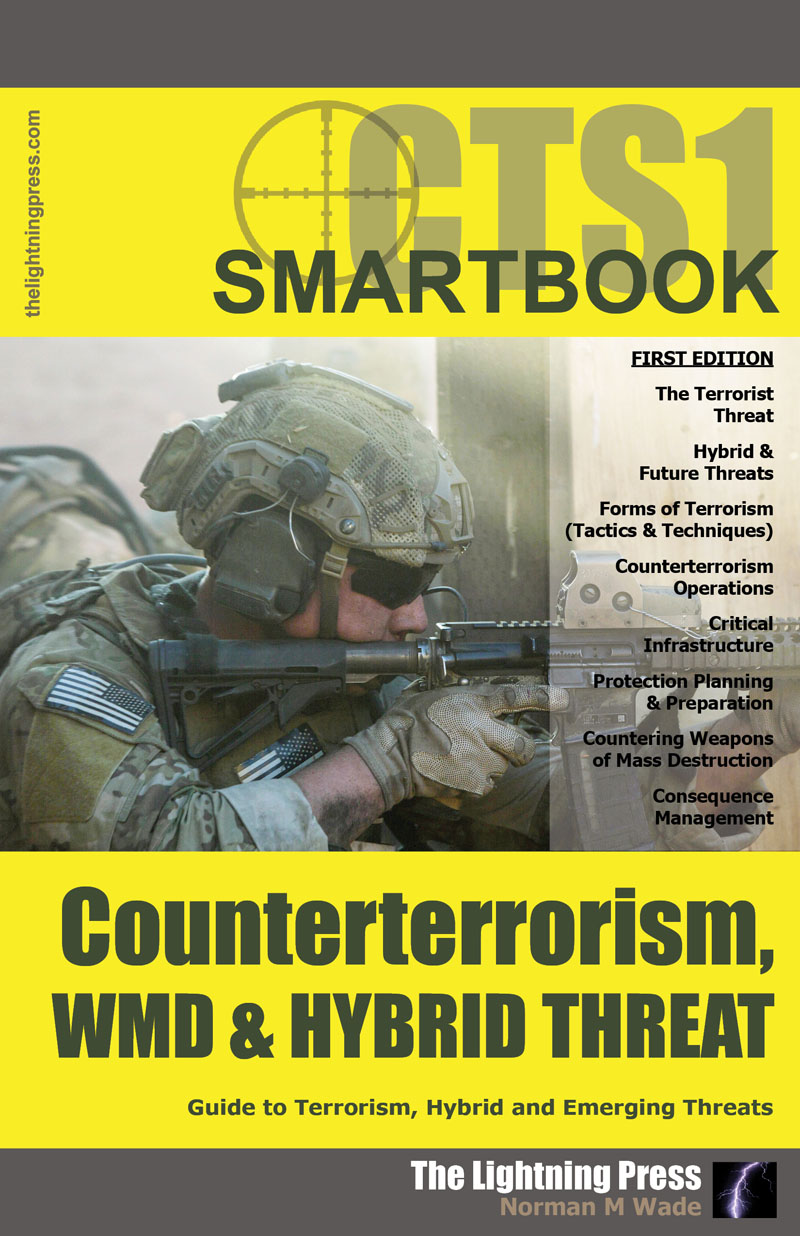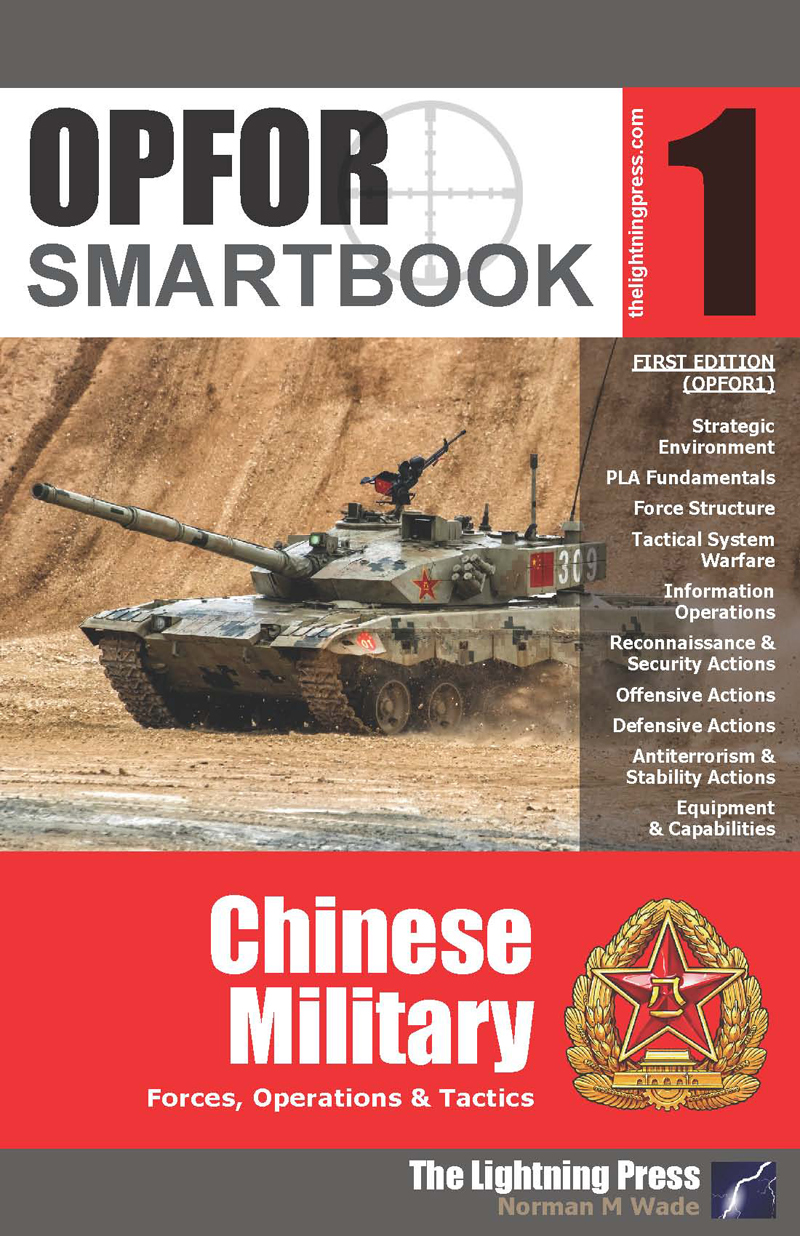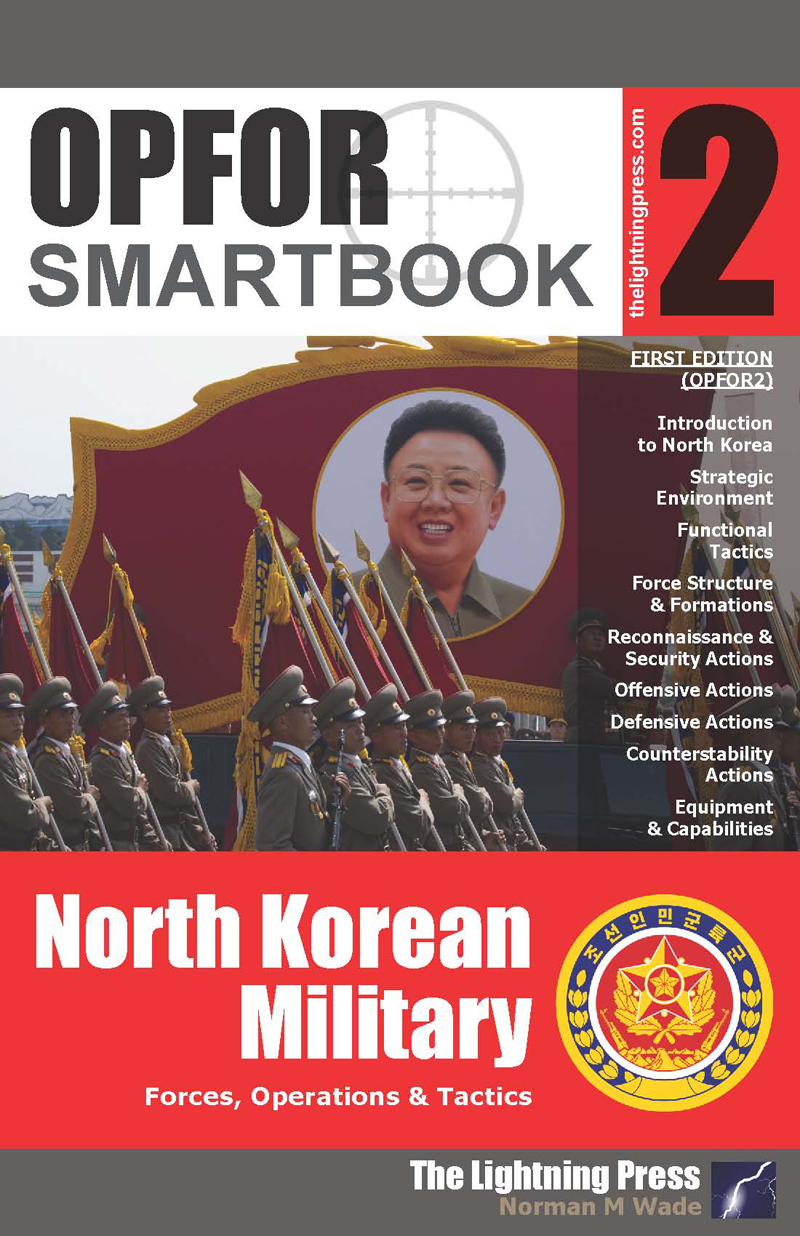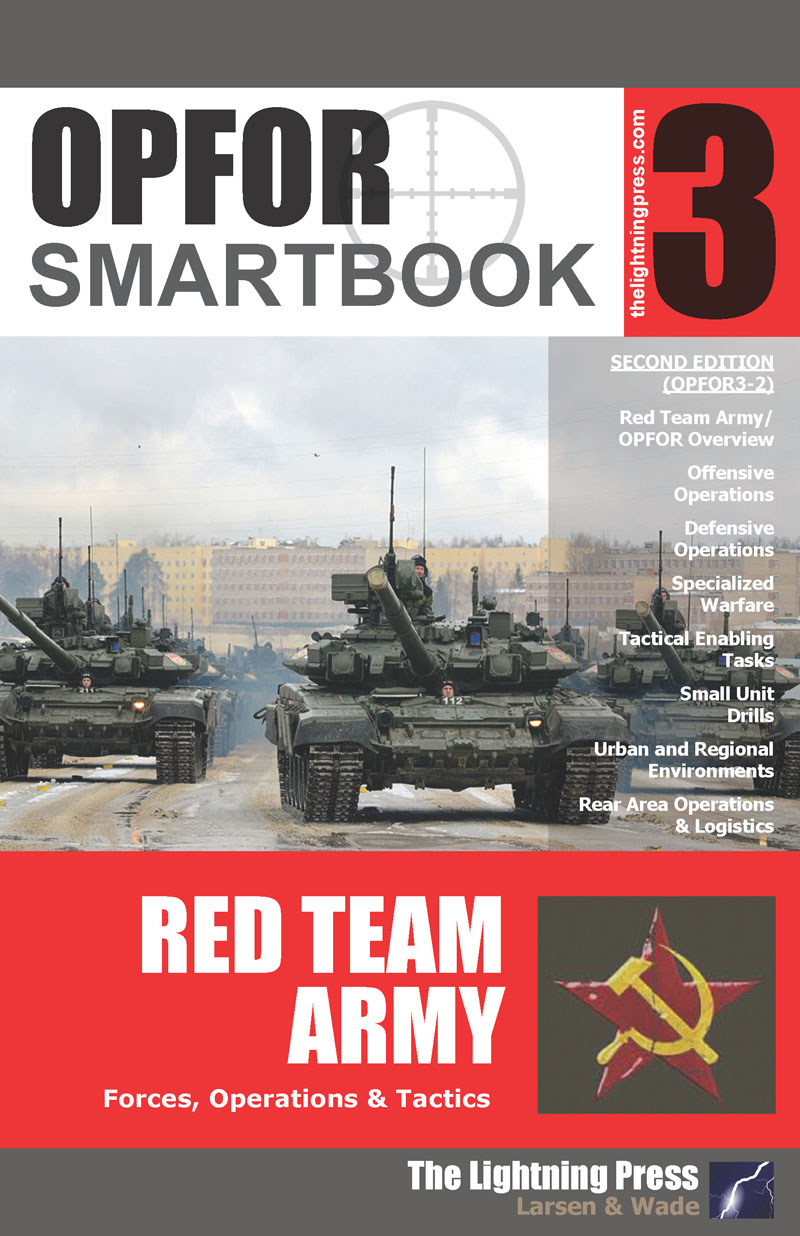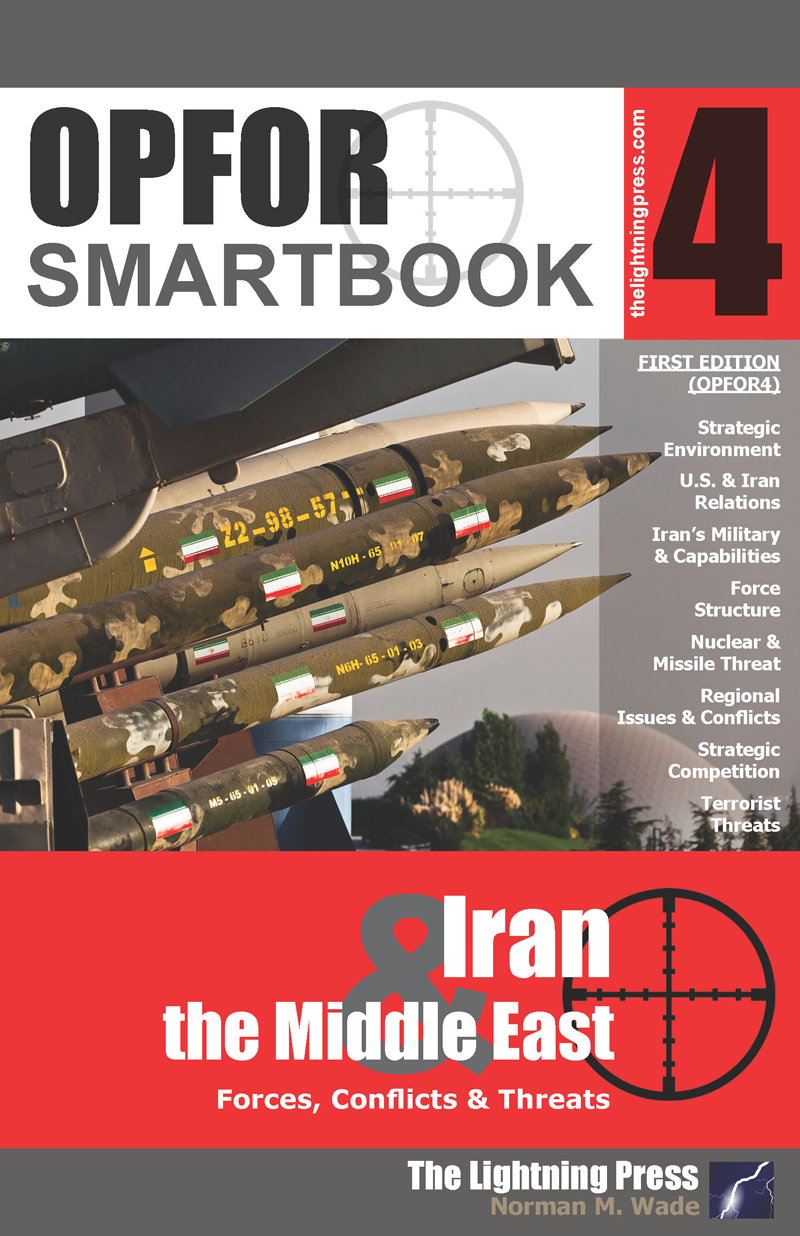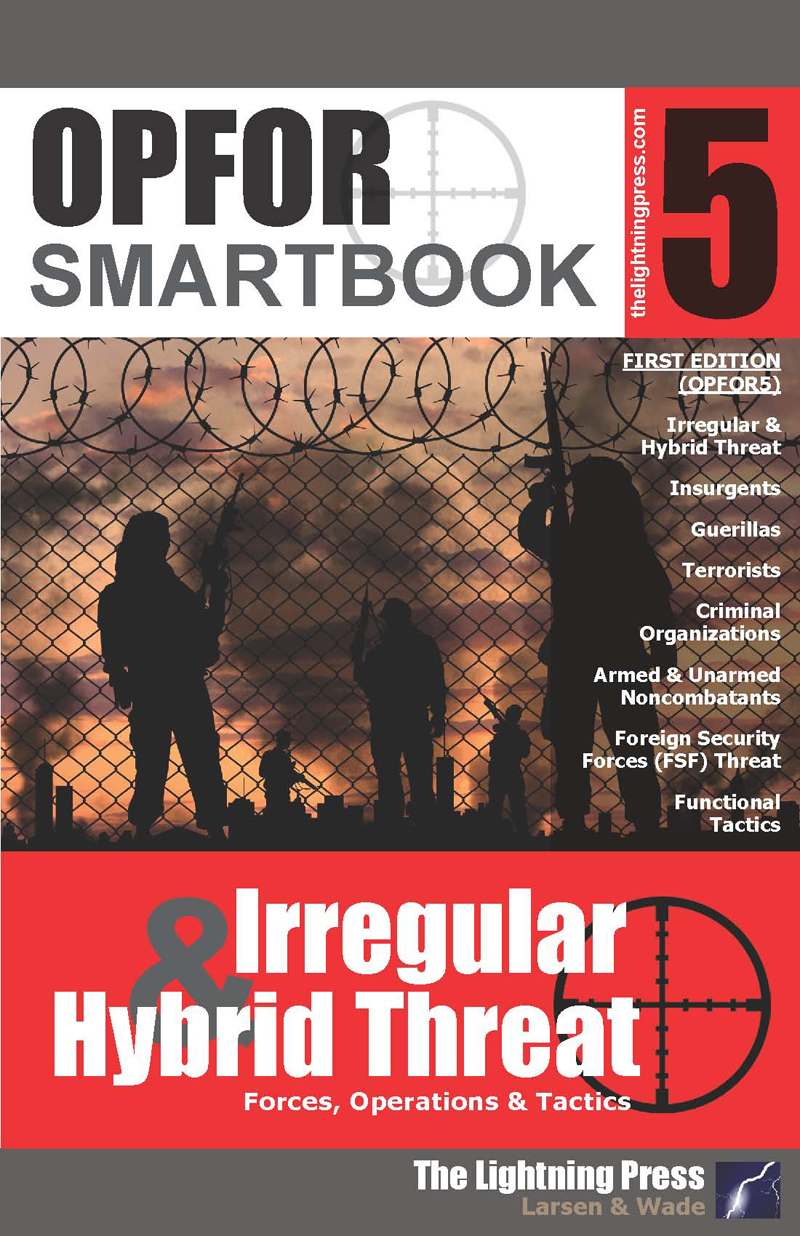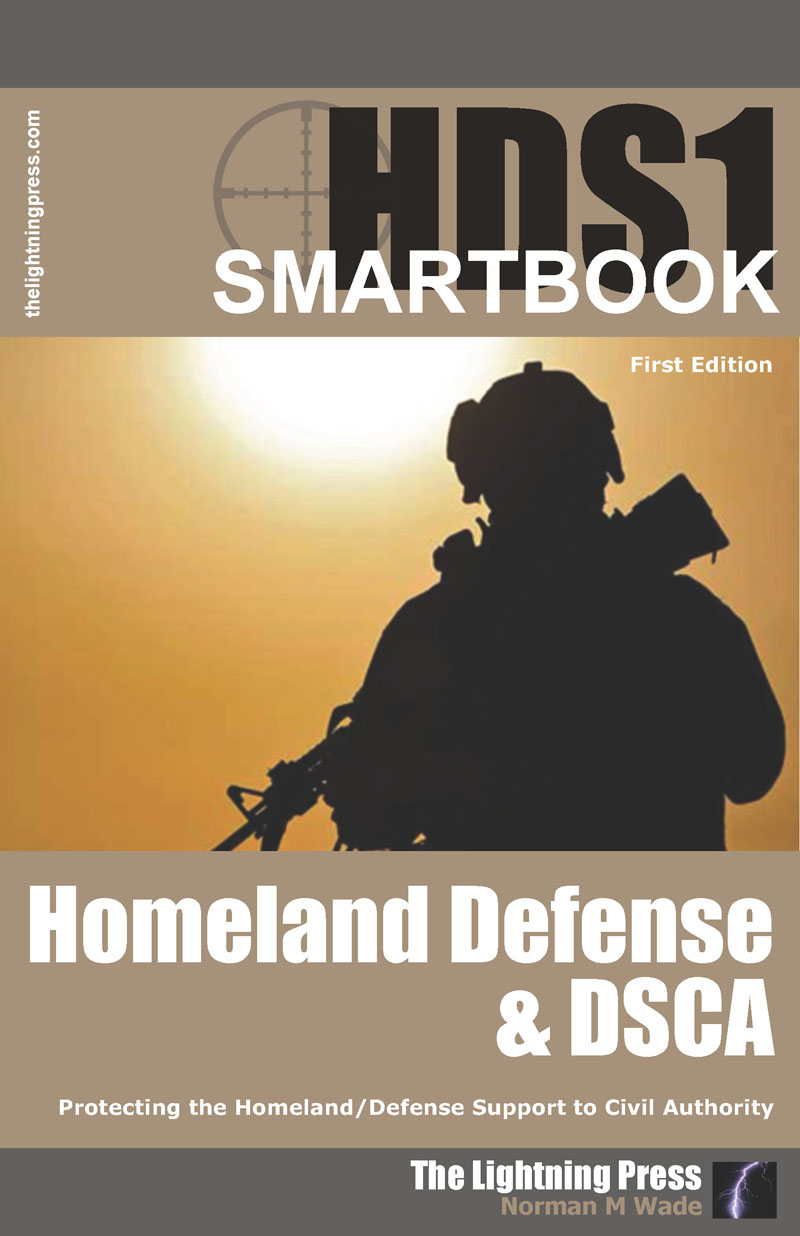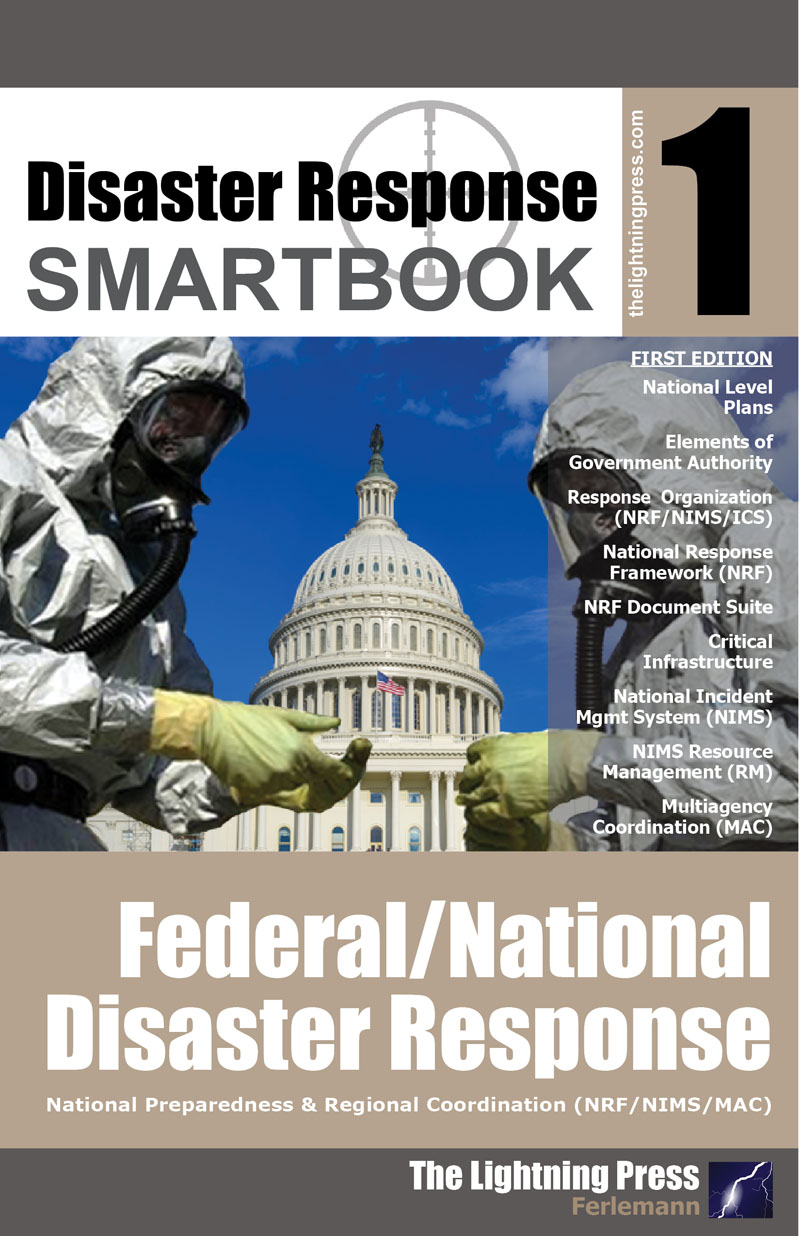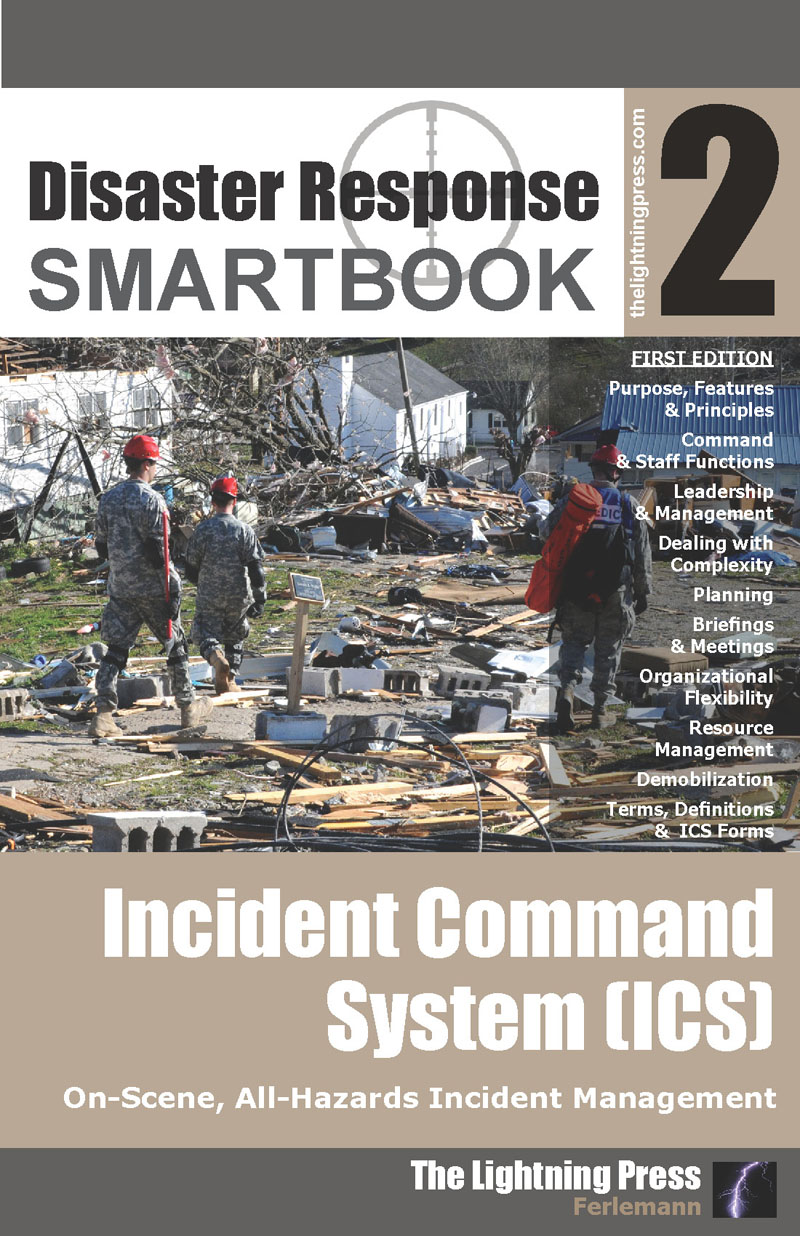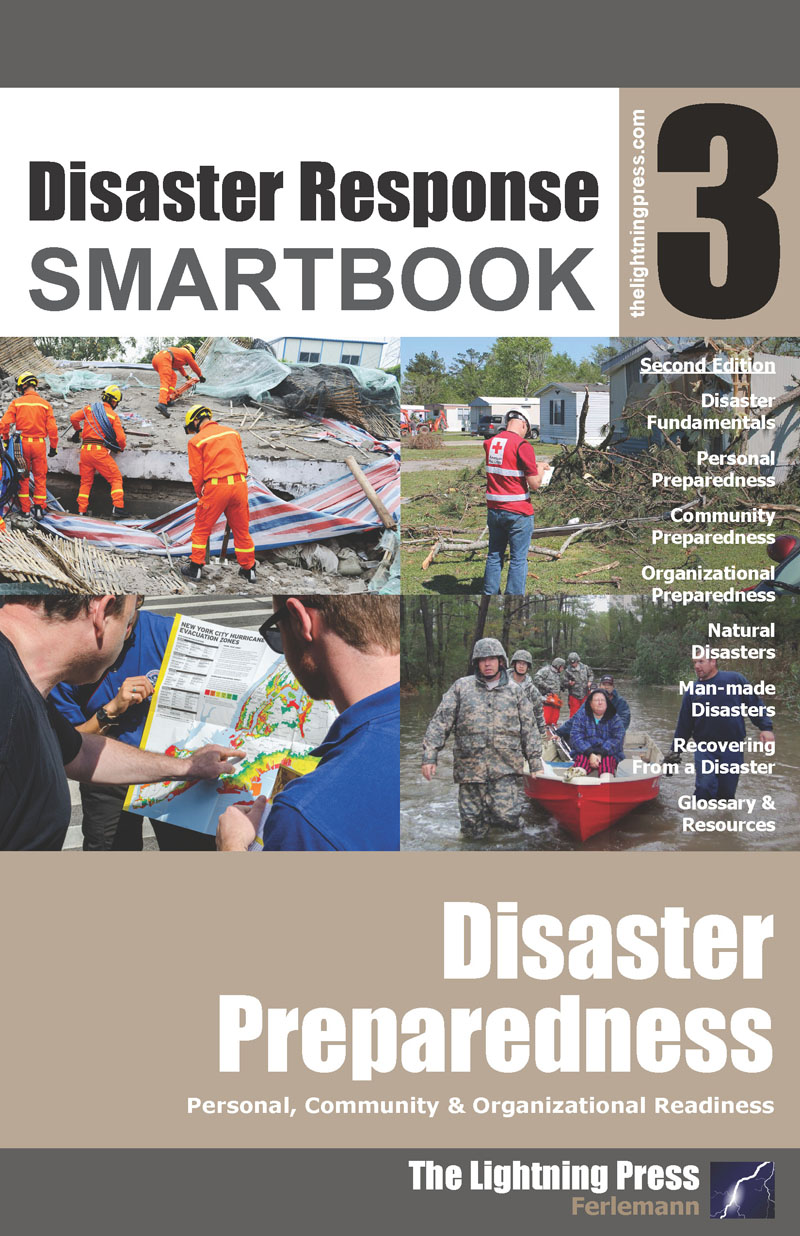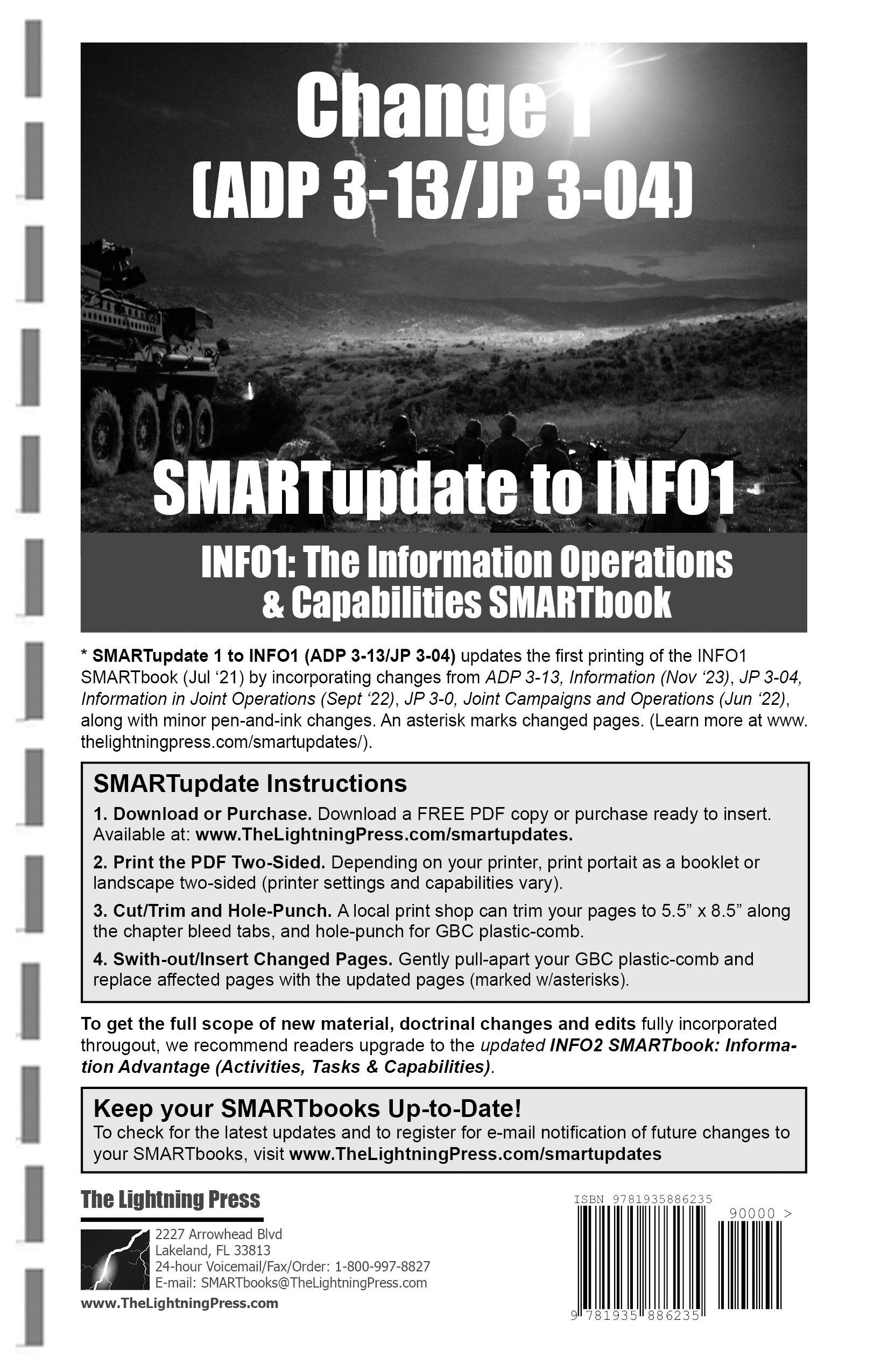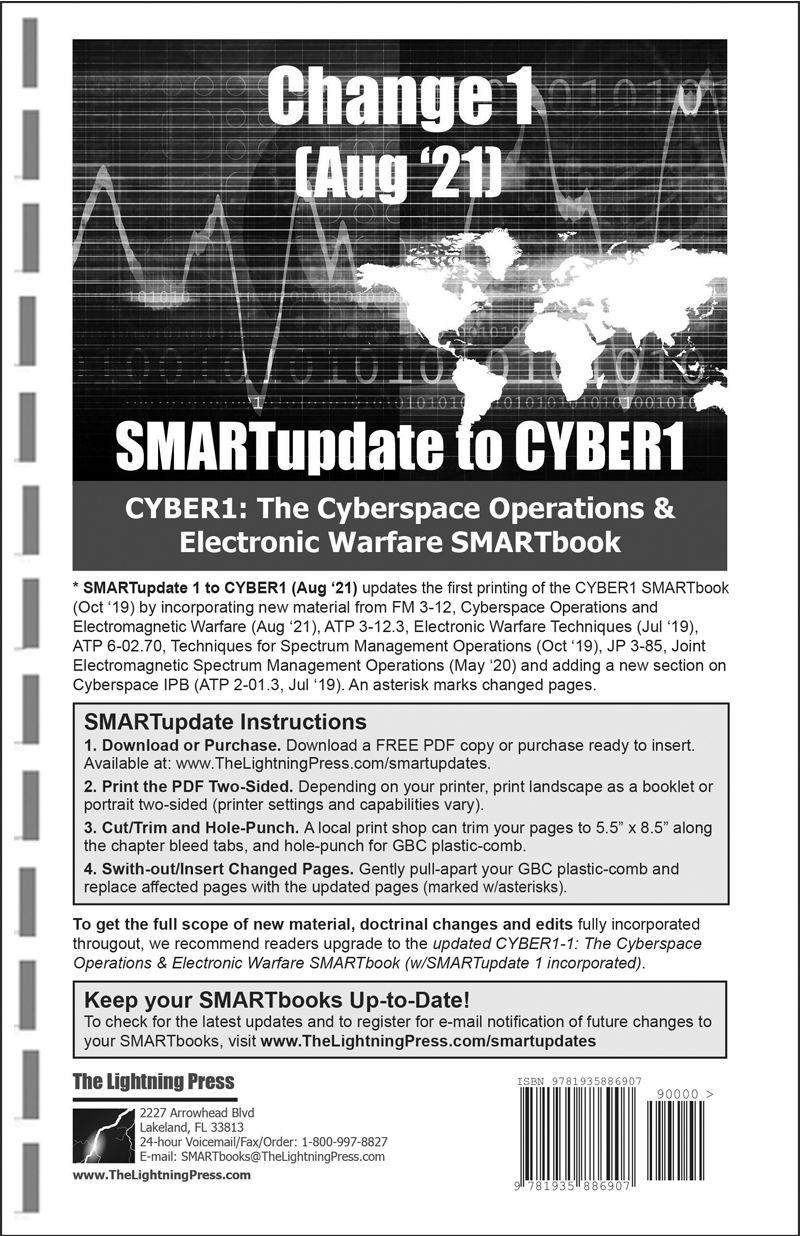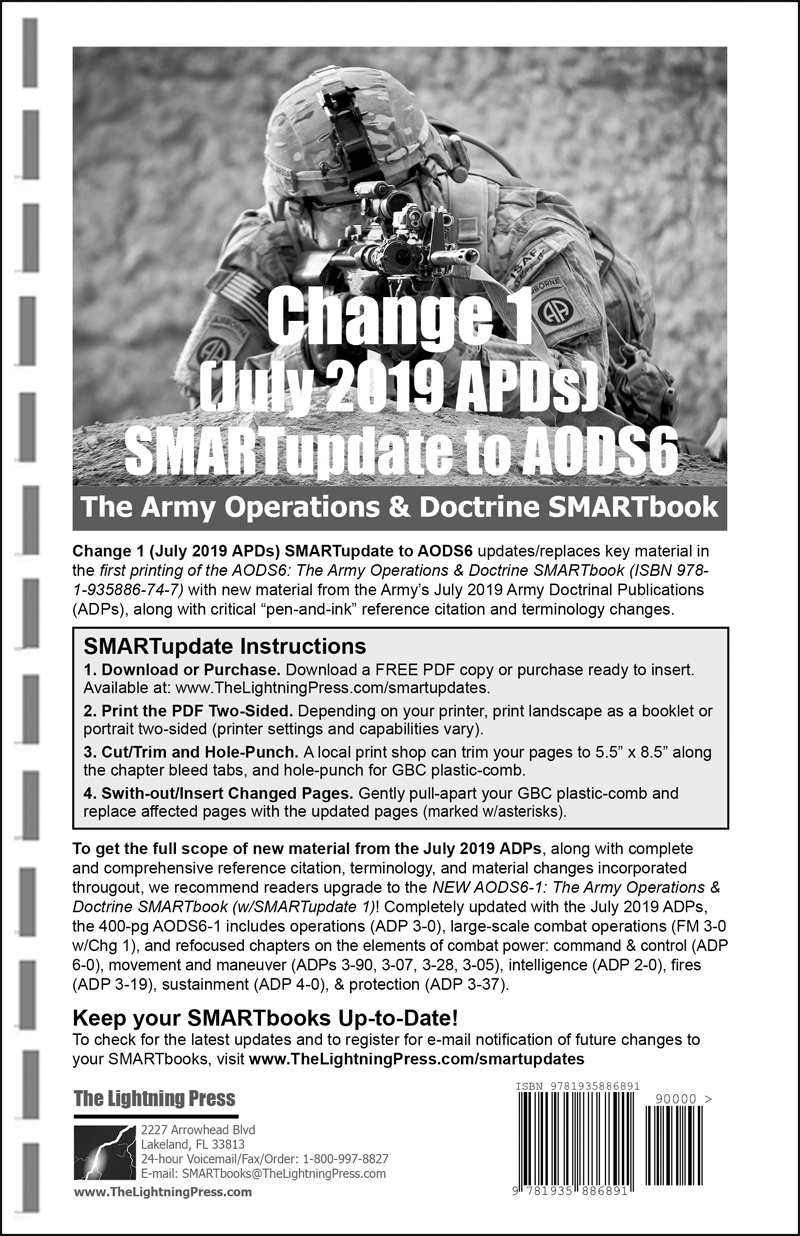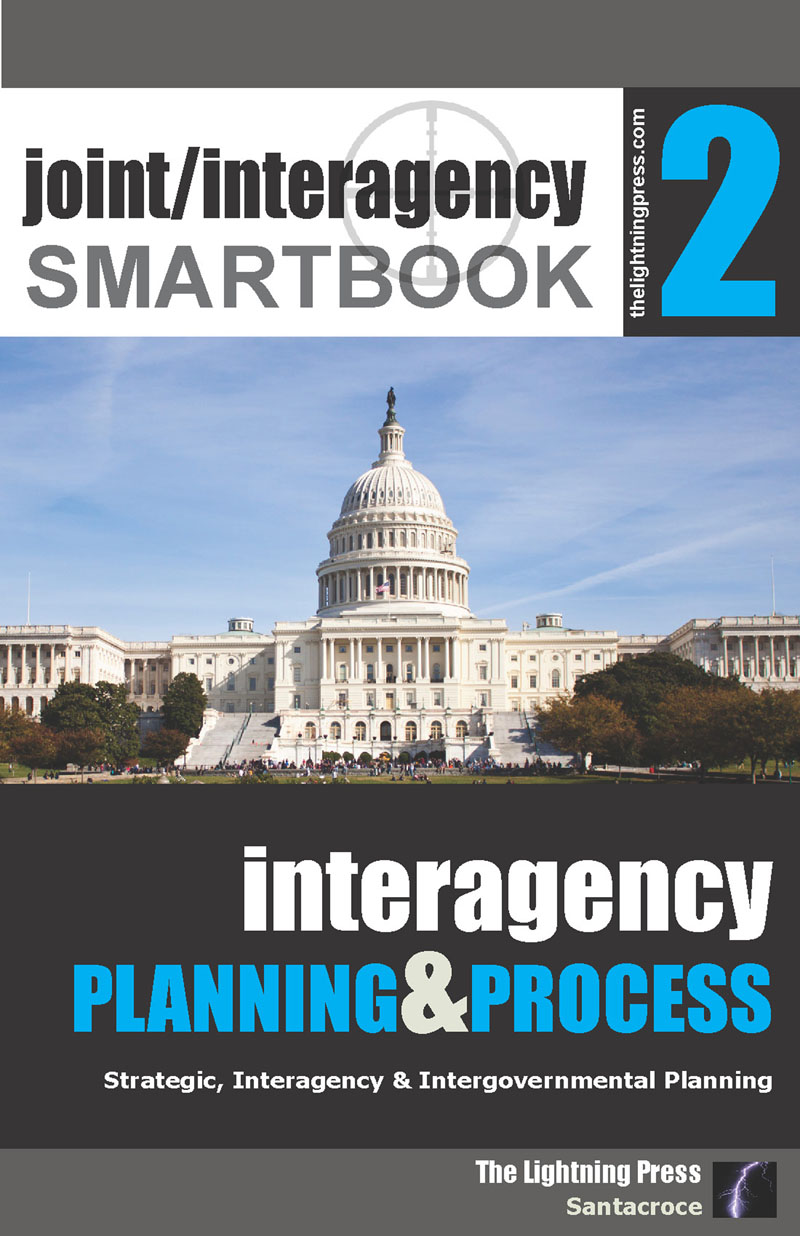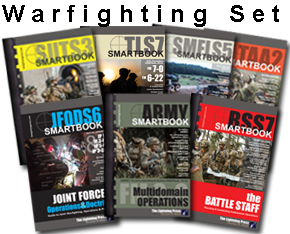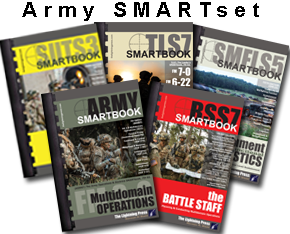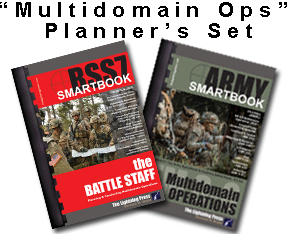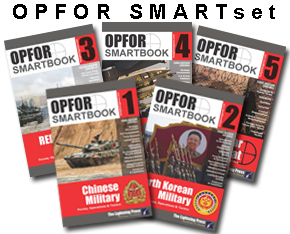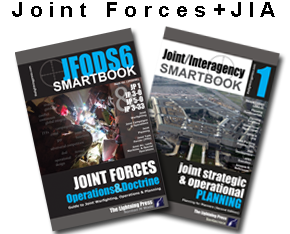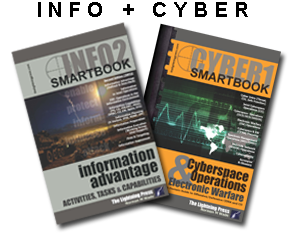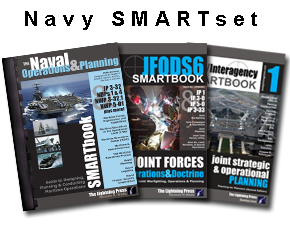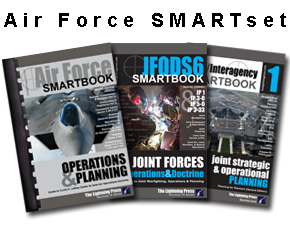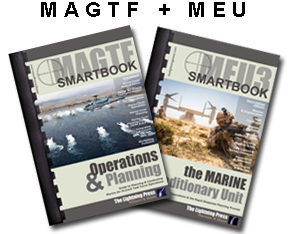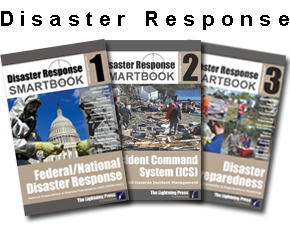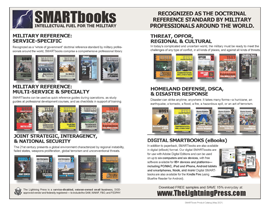INFO2 SMARTbook: Information Advantage (Activities, Tasks & Capabilities) is the second edition of our INFO SMARTbook, completely updated for 2024 to include ADP 3-13, Information (Nov ’23) and JP 3-04, Information in Joint Operations (Sep ’22). At 344 pages, INFO2 chapters and topics include information advantage (enable, protect, inform, influence, attack), information in joint operations (information joint function & OIE: operations in the information environment), information capabilities (PA, CA, MILDEC, MISO, OPSEC, CO, EW, Space, STO), information planning (information environment analysis, IPB, MDMP, JPP), information preparation, information execution, fires & targeting, and information assessment.
Download a free PDF sample and learn more at: https://www.thelightningpress.com/smartbooks/info2-smartbook-information-advantage/
Intro: Nature of Information & the OE
Information is central to all activity Army forces undertake. It is fundamental to command and control (C2) and is the basis for situational understanding, decision making, and actions across all warfighting functions. Information is the building block for intelligence—the product resulting from the collection, processing, integration, evaluation, analysis, and interpretation of available information concerning foreign nations, hostile or potentially hostile forces or elements, or areas of actual or potential operations. As a critical resource, Army forces fight for, defend, and fight with information while attacking a threat’s (adversary or enemy) ability to do the same.
Chap 1: Information Advantage (ADP 3-13)
An information advantage is a condition when a force holds the initiative in terms of situational understanding, decision making, and relevant actor behavior. There are several forms of information advantage. The information advantage framework presents a framework for creating and exploiting information advantages. Within this framework, Army forces integrate all relevant military capabilities through the execution of five information activities (enable, protect, inform, influence, and attack).
We no longer regard information as a separate consideration or the sole purview of technical specialists. Instead, we view information as a resource that is integrated into operations with all available capabilities in a combined arms approach to enable command and control; protect data, information, and networks; inform audiences; influence threats and foreign relevant actors; and attack the threat’s ability to exercise command and control.
Army forces create and exploit informational power similarly to the joint force through five information activities (enable, protect, inform, influence, and attack). Army forces also consider information as a dynamic of combat power employed with mobility, firepower, survivability, and leadership to achieve objectives during armed conflict.
Chap 2: Information in Joint Operations: OIE (JP 3-04)
Information is a resource of the informational instrument of national power at the strategic level. Information is also a critical military resource. The joint force uses information to perform many simultaneous and integrated activities. The joint force employment of information is of central importance because it may provide an operational advantage.
The elevation of information as a joint function impacts all operations and signals a fundamental appreciation for the military role of information at the strategic, operational, and tactical levels within today’s complex operational environment (OE).
Operations in the information environment (OIE) are military actions involving the integrated employment of multiple information forces to affect drivers of behavior by informing audiences; influencing foreign relevant actors; attacking and exploiting relevant actor information, information networks, and information systems; and by
protecting friendly information, information networks, and information systems.
Chap 3: Information Capabilities (PA, CA, MILDEC, MISO, OPSEC, CO, EW, Space, STO)
In addition to planning all operations to benefit from the inherent informational aspects of physical power and influence relevant actors, the JFC also has additional means with which to leverage information in support of objectives. Leveraging information involves the generation and use of information through tasks to inform relevant actors; influence relevant actors; and/or attack information, information systems, and information networks.
Chap 4: Information Planning
Planning is the art and science of understanding a situation, envisioning a desired future, and laying out effective ways of bringing that future about. Commanders, supported by their staffs, ensure information activities are fully integrated into plans and orders through the military decision-making process. This includes integrating information activities into the concept of operations and supporting schemes, to include schemes of intelligence, information collection, maneuver, fires, and protection.
Chap 5: Information Preparation
Preparation consists of those activities performed by units and Soldiers to improve their ability to execute an operation (ADP 5-0). Preparation creates conditions that improve friendly force opportunities for success. It requires commander, staff, and Soldier actions to ensure the force is ready to execute operations.
Chap 6: Information Execution
Execution is the act of putting a plan into action by applying combat power to accomplish the mission and adjusting operations based on changes in the situation (ADP 5-0). Commanders, staffs, and subordinate commanders focus their efforts on translating decisions into action. They direct action to apply combat power, of which information is a dynamic, to achieve objectives and accomplish missions.
Chap 7: Fires & Targeting
The fires warfighting function is the related tasks and systems that create and converge effects in all domains against the threat to enable actions across the range of military operations. These tasks and systems create lethal and nonlethal effects delivered from both Army and Joint forces, as well as other unified action partners.
Targeting is the process of selecting and prioritizing targets and matching the appropriate response to them, considering operational requirements and capabilities (JP 3-0). Information is integrated into the targeting cycle to produce effects in and through the information environment that support objectives.
Chap 8: Information Assessment
Information activities and tasks must be continually assessed to judge whether they achieve the desired outcome. Assessment is not a discrete step of the operations process. Assessing information activities and tasks is continuous and informs the other activities of the operations process. Staffs assess information activities and tasks while working in functional and integrating cells, and while participating in cross-functional meetings such as working groups and boards. The purpose of assessing information activities and tasks is to equip the commander with the analysis necessary to make better decisions.
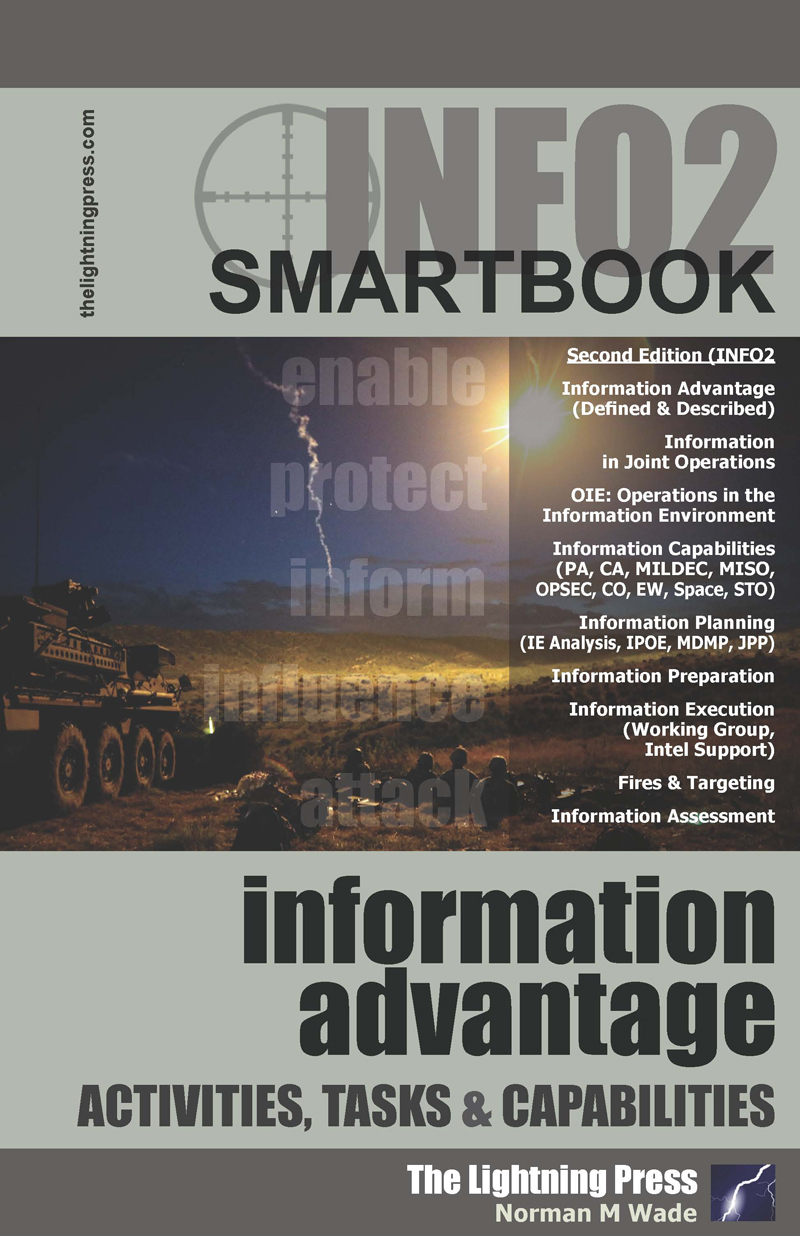 This article is an extract from "INFO2 SMARTbook: Information Advantage (Activities, Tasks & Capabilities)" by The Lightning Press. Download a free PDF sample and learn more at: INFO2 SMARTbook: Information Advantage (Activities, Tasks & Capabilities).
This article is an extract from "INFO2 SMARTbook: Information Advantage (Activities, Tasks & Capabilities)" by The Lightning Press. Download a free PDF sample and learn more at: INFO2 SMARTbook: Information Advantage (Activities, Tasks & Capabilities).
Browse additional military doctrine articles in our SMARTnews Blog & Resource Center.
About The Lightning Press SMARTbooks. Recognized as a “whole of government” doctrinal reference standard by military, national security and government professionals around the world, SMARTbooks comprise a comprehensive professional library. SMARTbooks can be used as quick reference guides during operations, as study guides at education and professional development courses, and as lesson plans and checklists in support of training. Browse our collection of Military Reference SMARTbooks to learn more.

